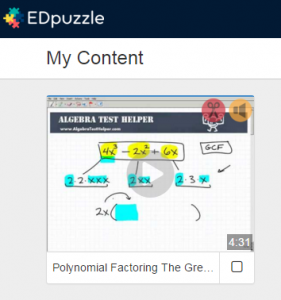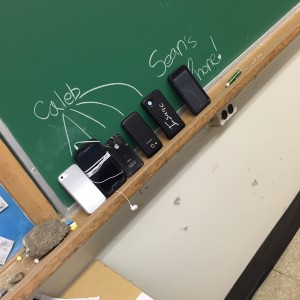When I started teaching, absolutely everything I taught was created by myself and I poured countless hours into crafting beautifully designed skeleton notes for my students to dutifully copy off of countless overhead transparencies.
Being a student teacher (circa 1997), I was so incedibly happy that my sponsors allowed me to teach my own material as I heard that other practicum students were “forced” to use their sponsors lecture notes to a tee. Around Year 7, I had a student teacher, who had asked to simply use my skeleton notes, labs, quizzes and tests without altering them. He didn’t want to focus on lesson development, he said. Rather, he wanted to just focus on delivering and classroom management. And to boot, at the end of his practicum, he asked to photocopy my entire binder— I was floored. Words that came into my head were, “lazy”, “second-rate”, “are you kidding me????”, etc. Needless to say, I had yet to embrace the “Sharing is Caring” mantra; it was more a Gollum-like, “My Precious” mantra.
CC image of Gollum courtesy of Tara Hunt on Flickr.
Skip ahead another ten years and I think that I am almost where I will eventually be an this matter. Last year, I created my first public teacher site where I published all of my notes, quizzes, handouts— everything but unit tests. Funnily enough, with Google Classroom taking over my district, my material is now going behind closed doors again, as GC is very not public. Yet my attitude towards sharing has held steady, regardless of the “GC Curtain”.
If a fellow educator wishes to use my notes, alter them, not alter them, I now consider it a compliment. I no longer care about how they choose to deliver, nor do I care that I may have devoted WAY more time into creating said documents. At the end of the day, educators need to prioritize delivering their courses with passion, integrity and skill— in whichever form that may take. Personally, I need to work with my own material most of the time. What I am now starting to do, is weave material from others and alter lessons from sites such as PhET to “remix” to my needs.
I am not keen on allowing folks to make money off of something that I spent time creating, but otherwise, I will share anything, and should somebody wish to publish my work in some way, I would require that the new version also be open and free!
To that end, the licence that I would be putting on my material, henceforth, would be:

 to be a metaphor teacher in that if there is a metaphor to attach to the math or physics, I will jump on the opportunity to exploit that!
to be a metaphor teacher in that if there is a metaphor to attach to the math or physics, I will jump on the opportunity to exploit that! rned well from traditional classroom models, however, since undertaking a degree that is delivered in a on-line format, I have been forced to adapt my preferred learning style!
rned well from traditional classroom models, however, since undertaking a degree that is delivered in a on-line format, I have been forced to adapt my preferred learning style!